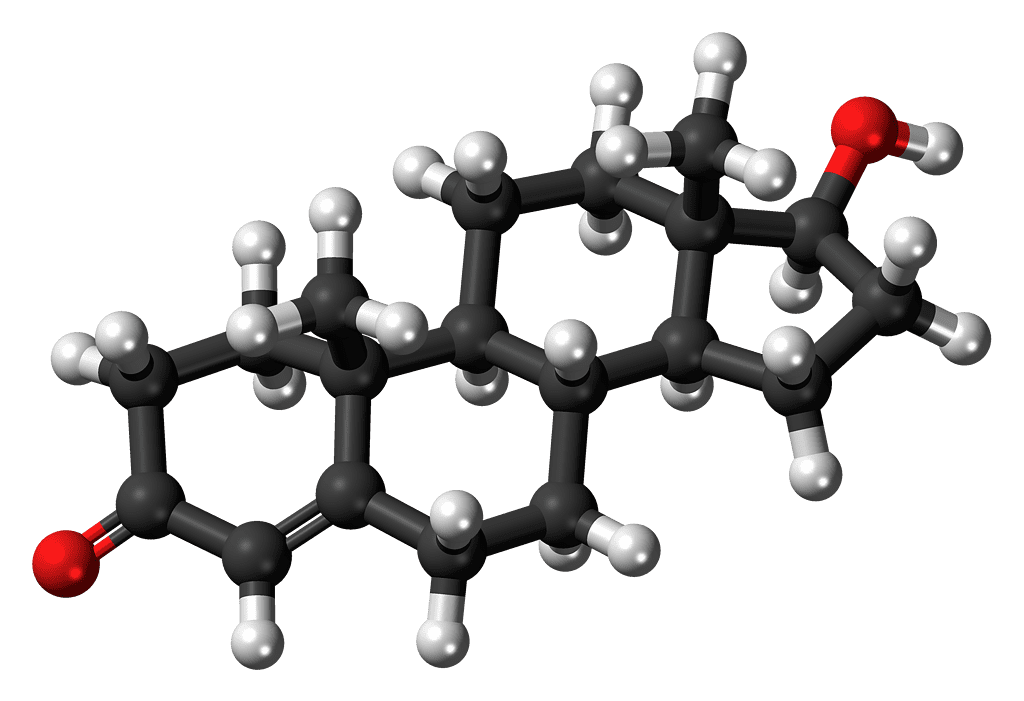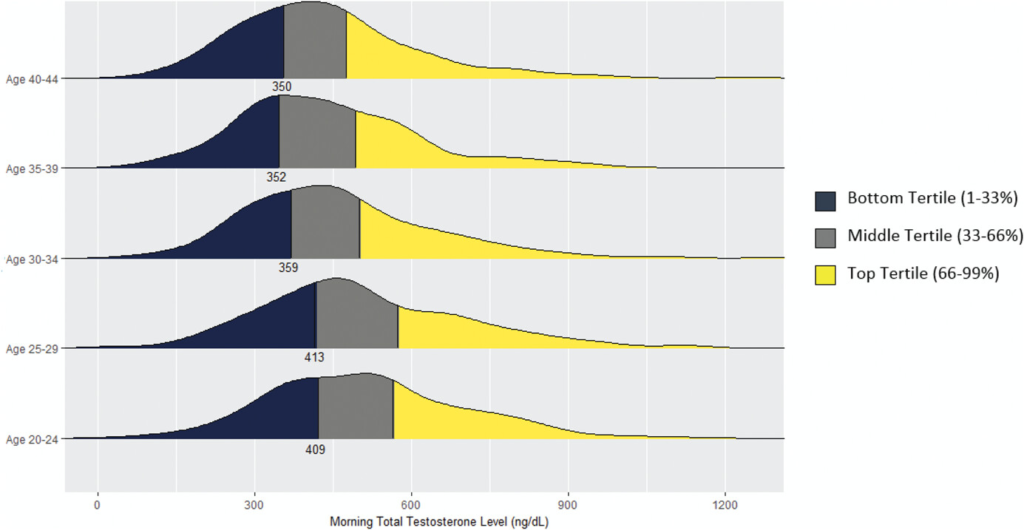Low levels of testosterone can cause a number of unpleasant and even harmful health issues, but what exactly is ‘low testosterone’? According to a new study, we may not know for sure, at least in young men.

Testosterone is a hormone that’s mostly produced in the testes (although adrenal glands can produce low amounts of testosterone as well). It plays a key role in various processes from sex drive to regulating muscle mass and fat distribution. A healthy testosterone level is important for general body function, impacting disease risk in multiple ways — but what exactly is a healthy testosterone level?
Most often, researchers use a universal testosterone level as a guideline, but that doesn’t really work everyone, the authors of a new study write — a one-size-fits-all just isn’t good enough.
“Young men have different testosterone reference ranges than older men. Our findings suggest we should be using age-specific cutoffs when assessing testosterone levels in younger men,” says lead author Alex Zhu, of University of Michigan, Ann Arbor.
Most often, testosterone levels aren’t stable in men, they tend to increase through puberty and adulthood, and then at some point after the age of 30 levels start to slow and gradually decline. After the age of 30-35 some men consider getting TRT to help restore normal levels of testosterone and removed symptoms associated with low testosterone.
“Diagnosis of testosterone deficiency has traditionally been performed in an age-indiscriminate manner. However, young men have different testosterone reference ranges than older men. Accordingly, age-specific normative values and cutoffs should be integrated into the evaluation of young men presenting with testosterone deficiency,” the researchers write in the study.
A standard cutoff point for ‘low testosterone’ is 300 nanograms per deciliter (300 ng/dL) — but that level is mostly based on studies on older men. To study the testosterone threshold in more detail, Zhu and colleagues at the University of Michigan analyzed data from 1,500 men aged 20-44. The data was gathered from the National Health and Nutrition Examination Survey, or NHANES, a unique program of studies that assesses the health and nutritional status of adults in the US. The researchers excluded any men on hormone therapy or with a history of testicular cancer or testicular removal, as these may have impacted the production of testosterone. They measured the testosterone only in the morning, as the levels can also fluctuate throughout the day.
The participants were split into three groups based on age (20-24, 24-40, 40-44). The middle group was considered the ‘normal’ range, and values below this range were used to calculate age-specific thresholds.

“In today’s age of personalized medicine, clinicians can now use age-specific testosterone levels to evaluate young men instead of relying on a ‘one size fits all’ approach,” Dr. Zhu and coauthors conclude.
This is the first study in the US to estimate ‘normal’ levels of testosterone for young adults in the US, the researchers write, and the data was selected to account for the racial/ethnic diversity of the US. However, more studies are required, on a larger sample size, to truly map the distribution of testosterone levels on males.
Ultimately, the study sheds light on how much we still don’t understand about the production and role of this hormone in the body, but the study could have some immediate implications in terms of insurance. Some insurance policies don’t cover cover testosterone therapies unless the testosterone level is below the standard 300 ng/dL cutoff. This study could indicate that in many cases, that figure may need to be revised.
Journal reference: Zhu, A., et al. (2022) What Is a Normal Testosterone Level for Young Men? Rethinking the 300 ng/dL Cutoff for Testosterone Deficiency in Men 20-44 Years Old. The Journal of Urology. doi.org/10.1097/JU.0000000000002928.









